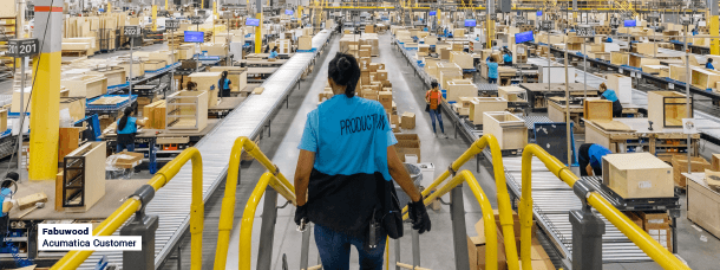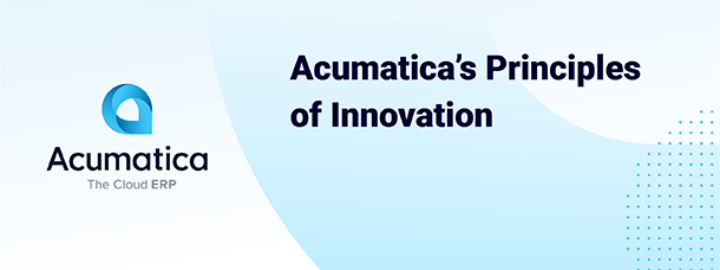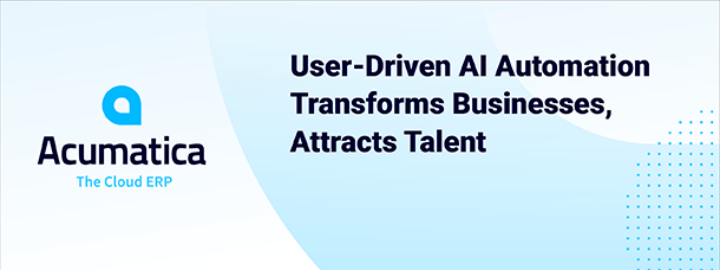
Accelerating Achievement and Development
As artificial intelligence (AI) continues to evolve, businesses in today’s digital economy are doing one of three things: embracing it, dabbling in it, or shying away from it. Unfortunately, the businesses that dabble in or shy away from automating AI may find themselves at a competitive disadvantage in the next decade.
According to global management consulting firm Kearney, machines that think like people have “vast implications for employees, businesses, industries, and the economy as a whole.” AI and machine learning (a subset of AI that uses algorithms to emulate human learning) are already being implemented to respond to customer concerns (e.g., smart chatbots), perform manual tasks, dose medications, drive cars, play strategic games, identify threats in financial institutions, and so much more.
This sophisticated technology increases productivity and improves efficiency, which ultimately accelerates organizational achievement and development. Yet the businesses that cling to manual processes and legacy solutions—some because they fear that machines will replace people in the workforce, others because implementing AI is an expensive and complex undertaking—will never experience these benefits.
Businesses that do not embrace AI will be left behind. So, understanding AI’s potential is critical.
Understanding the Revolutionary Potential of Automated AI
In traditional automation, machines perform simple, highly repeatable tasks, and this is a boon to bottom lines. Advanced AI and machine learning takes this process to the next level by having machines complete tasks that require higher cognitive abilities—such as answering emails, moving data, and scheduling meetings. Automated AI can accomplish such tasks faster and more accurately than humans. And, as this technology is constantly advancing, these machines can learn, adapt, and improve on their own.
The potential of AI and machine learning is obvious, but it still raises the aforementioned concern about humans’ place in the workforce. We are error prone and have limited endurance, but we’re also innovative and creative in ways machines—at this time—cannot replicate. With automation, employees who once performed repetitive, labor-intensive tasks can now take on higher value, decision-making tasks that require their judgment and reasoning skills.
According to Vidya Setlur (Brand Contributor, Forbes), a people-first strategy can enhance AI success. She writes, “We’re beginning to understand and articulate where AI is useful for elevating people’s creativity and augmenting decision making.” She also notes that organizations are “taking a strategic, human-centric approach that balances machine intelligence with human expertise.”
Prioritize Trust and Support from Stakeholders
Setlur’s people-first strategy is exactly how businesses should approach automating AI. Key stakeholders must be invested in any AI implementation from the beginning. After all, they are the frontline users, and their acceptance—or lack thereof—will dictate the success of the project.
The best way to encourage trust and support is by communicating with every team member before, during, and after the implementation. Patrick Bosworth of Leadership Choice believes that good communication in the workplace supplies powerful benefits, such as mitigating conflict, engaging employees, and creating a more productive and talented workforce.
So, leaders and managers must begin by clearly indicating their endorsement of the AI project and explaining, to each affected individual, how the changes will benefit the business. Knowing that the leadership team fully supports the project will help the rest of the team members accept it, too. Leaders and managers can further encourage trust and support by allowing team members to weigh in on the idea, offer their own insights, and share their concerns about what automation through AI and machine learning means for them.
Starting Small, Scaling Up, and Using Existing Platforms
Once organizational buy-in is secured, the AI implementation can commence. Starting small ensures a greater probability of success. For example, automate monotonous and time-consuming tasks (e.g., data entry, identifying data anomalies, AP Bill automation, and expense receipt recognition), which frees employees to perform higher value tasks. With the resulting time savings, employees can begin critically thinking about tasks that can eventually be a part of more advanced AI projects.
In addition to starting small and scaling up, another best practice is introducing new AI automation within an existing platform, such as a cloud-based enterprise resource planning (ERP) system. An ERP system provides total visibility into a company’s operations by integrating business management applications—finance, accounting, sales, customer relationship management, human resources, and more. Data from across the organization is collected and synchronized in a central database, increasing collaboration and promoting data-driven decision-making. And modern cloud ERP solutions leverage AI and machine learning to automate processes and procedures.
The result?
A single, connected platform that gathers, synchronizes, validates, and produces accurate data that built-in AI and machine learning use to predict future trends and enhance business performance.
How Acumatica Can Help
Acumatica’s award-winning cloud ERP software is built on a future-proof platform. It provides an end-to-end solution that scales with businesses as they face growing and changing expectations. And it harnesses the power of AI and machine learning. For example, Acumatica users can create accounts payable documents automatically, benefit from general ledger anomaly prediction capabilities, and rely on Acumatica’s Help system, which provides advanced help and search features.
The following quote perfectly summarizes the benefits of ERP, AI, and machine learning:
While most ERP systems feature dashboards that can provide real-time information on everything from inventory turnover to employee productivity, dashboards can’t tell you when to re-order inventory or hire your next employee. This is where AI and ML can be an essential tool. Using your ERP system, you can quickly gather data and generate reports with the push of a button. But ML can take data gathering one step further and help [businesses] reduce repetitive tasks and make more strategic business decisions. AI can help automate complex processes, identify future trends based on historical data, and provide an unbiased view of performance.
Achieving more by automating AI is possible with Acumatica. Contact our experts today. They’ll be happy to answer questions or schedule a demonstration.










